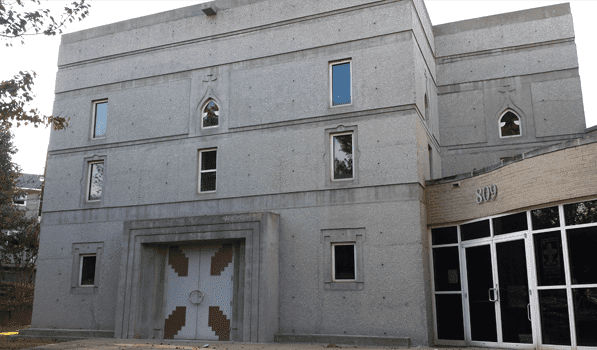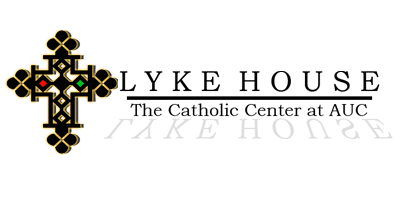
The Ethiopian Cross, which is the primary logo for the Catholic Center at AUC, is one of the oldest used in Christianity. Its antiquity evokes the theme of the Catholic Center, “Its About Heritage.” For African Americans who are Roman Catholic by tradition, this cross reminds them that theirs is a heritage as old as the Church itself. African Americans are not new to the Catholic Church. African presence predates Europe’s Catholic history. We are as much Catholic as we are African, taking our place in the communion of saints right next to the Ethiopian finance minister baptized by Philip in the Acts of the Apostles two chapters before the conversion of Paul. African roots of Christianity are unquestioned by knowledgeable scholars and historians of religion. The absence of this consciousness, especially on the part of African American young adults, is a primary impediment to their faith development in the contemporary climate in which the question, “What’s a Black person doing in the Catholic Church,” is often advanced. The Ethiopian cross proclaims loudly in response that there was never a time when we weren’t.
The Ethiopian cross should remind Catholic students in the AUC that among their most important acts of faith is to learn their history so that they can become responsible sharers of the ongoing tradition they own tradition they own with Estevanico, Spanish-speaking and Catholic, the first black man ever to traverse the territory now called the United States.
Ethiopian Influence

King Lalibela of Ethiopia, one of the last kings of the Zagwe dynasty, celebrated Phillip’s choice and African Christian antiquity by commissioning twelve magnificent churches to be hewn from rock. The most outstanding among these churches, which have no equal in the world, is the House of St. George (Bet Ghiorghis). The original church was carved out of the surrounding rock in the region and stands more than forty feet (40 ft.) high. According to legend, St. George (the patron saint of Ethiopia) often frequented the site at night to supervise the construction of the church, which eventually became the inspiration for the Lyke House chapel’s cruciform shape. The architects, Stanley-Love-Stanley, recreated the House of St. George by using sand blasted concrete poured into place and windows sandblasted with glue-chip etching.
